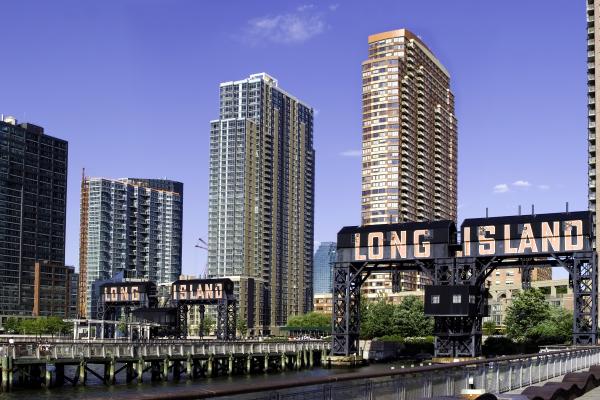Innovative Reactive Barriers Tested to Combat Nitrate Pollution in Long Island

In a promising development from the shores of Long Island, New York, researchers have introduced a novel approach to curb the flow of nitrate into the Atlantic Ocean, addressing a long-standing environmental issue. With around 74% of Long Island residents relying on septic systems, significant amounts of nitrate have historically seeped into the coastal aquifer, eventually promoting harmful algal blooms that deplete oxygen in marine environments.
To counteract this problem, a team led by Nils Volkenborn, a biogeochemist at Stony Brook University, has successfully tested permeable reactive barriers (PRBs) filled with mulch along the coastline. These barriers utilize naturally occurring microbes to break down nitrate in the groundwater before it reaches the sea. Recent findings presented at the 2024 Water Science Conference in Saint Paul, Minnesota, show these barriers can eliminate up to 100% of nitrate under optimal conditions.
The research, stimulated by concerns over the high cost of traditional wastewater management systems, suggests that PRBs could be a cost-effective alternative. “This is incredibly important research,” remarked Matt Charette, a senior scientist at Woods Hole Oceanographic Institution, who highlighted the urgency of addressing wastewater management in regions like Long Island and Cape Cod.
The study explored various designs and materials for the PRBs, including different types of mulch and configurations such as column arrays and continuous trenches. After three years of monitoring, the team noted that denser hardwood mulch and warmer water temperatures significantly enhance nitrate removal efficiency.
Despite their effectiveness, the introduction of PRBs is not without challenges. The researchers must carefully select installation sites where groundwater flow and nitrate concentrations are favorable. Moreover, the potential for these barriers to unintentionally mobilize harmful elements like arsenic and methane has been a concern, though no significant issues were observed in the trials.
Volkenborn and his colleagues continue to refine their designs to maximize efficiency and minimize unintended consequences. The ongoing research includes the development of smaller biofilters for individual septic systems, aiming to mitigate the legacy of nitrate pollution more broadly across the region.
As this technology advances, it represents a beacon of hope for environmental management and water quality improvement, not just for Long Island but potentially for coastal areas worldwide struggling with similar issues.
Learn more by visiting Eos., "Reactive Barriers Could Keep Nitrate out of the Atlantic."
